Barlaam and Josaphat: How Siddhartha became a Christian saint
It is one of the more remarkable ironies of religious history that Siddhartha Gautama was venerated for centuries in Christian Europe as a Christian saint. Under the names Barlaam and Josaphat (or Ioasaph), the narrative of the Buddha’s life was translated, adapted, and ultimately canonized within Christian hagiography. These figures were widely celebrated throughout medieval Christendom, with their feast day even appearing in the Roman Catholic Martyrology.

Saint Josaphat announcing his departure, Greek manuscript, Mt. Athos, 13th century. Source: Wikimedia Commonsꜛ (license: public domain)
The story of Barlaam and Josaphat was immensely popular during the Middle Ages. It circulated in numerous languages, including Greek, Latin, Georgian, Old Slavonic, and various vernacular European tongues, and was included in key collections of saints’ lives such as the Legenda Aurea. At its heart lies the tale of a young prince, shielded from the world’s suffering, who ultimately renounces his royal status to seek spiritual truth — a narrative clearly modeled on the traditional accounts of the Buddha’s enlightenment.
This post traces the long and surprising transmission of this narrative from its Indian Buddhist origins to its Christianized form in Europe. In doing so, we uncover a fascinating story of cultural adaptation, textual migration, and religious transformation that complicates any clear boundary between East and West, or between Buddhism and Christianity.
The origins of the story in India
The story of Barlaam and Josaphat is rooted in the life of Siddhartha Gautama, the historical Buddha. The narrative’s origins can be traced back to early Buddhist texts, particularly the Lalitavistara Sūtra and the Buddhacarita, which recount the life of the Buddha from his birth to his enlightenment and subsequent teachings.
The life of the Buddha
Siddhartha Gautama, later known as the Buddha, was born in the 5th or 6th century BCE in the region of Lumbini (modern-day Nepal). According to traditional accounts, he was born into a royal family and lived a sheltered life of luxury, carefully protected from any form of suffering by his father. However, upon encountering the “four sights” — an old man, a sick person, a corpse, and a wandering ascetic — Siddhartha was profoundly shaken by the realities of impermanence and human suffering. These encounters triggered a spiritual crisis that led him to renounce his privileged life and embark on a quest for enlightenment.
After years of extreme asceticism and meditative discipline, Siddhartha attained enlightenment under the Bodhi tree in Bodh Gaya. From then on, he became the Buddha, the “Awakened One”, and spent the remainder of his life teaching the Dharma, the path to liberation through ethical living, mental discipline, and wisdom. Central themes of his teachings included the Four Noble Truths, the Eightfold Path, and the impermanence of all conditioned things.
Crucially, several elements of the Buddha’s biography would later be retained in the Christianized story of Barlaam and Josaphat. These include his royal origins, the seclusion from suffering during his youth, the existential awakening upon encountering old age, sickness, and death, and the final renunciation of worldly power in favor of a higher spiritual calling. These narrative building blocks, both humanizing and morally instructive, made the Buddha’s story particularly adaptable across religious and cultural boundaries.
The Lalitavistara Sūtra and early narrative forms
Much of the classical narrative of the Buddha’s life derives from early Indian texts such as the Lalitavistara Sūtra, an elaborate Mahāyāna biography composed in Sanskrit. This and related works, including the Buddhacarita by Aśvaghoṣa, offered richly detailed accounts of the Buddha’s early life, renunciation, and path to enlightenment. These stories circulated widely across the Indian subcontinent and were eventually transmitted into Central Asia through the Silk Road.
As Buddhist texts were translated into Central Asian languages and, later, into Arabic and Persian, the story of the Buddha began to take on new forms. In these translations, doctrinal detail gave way to narrative appeal: the emphasis shifted toward the moral and existential lessons embodied in the prince’s transformation. This allowed the tale to function less as a vehicle of Buddhist theology and more as a spiritually resonant parable, making it accessible to a wide array of cultural and religious audiences. The transformation of the Buddha’s biography into the story of Josaphat began with these early translations, which served as a bridge between Indian, Islamic, and eventually Christian narrative worlds.
Transmission across cultures
In the centuries following the Buddha’s life, the story underwent a series of transformations as it was transmitted across cultures and languages. This process involved not only translation but also significant adaptation to fit the theological and cultural contexts of each new audience. The tale of Barlaam and Josaphat serves as a fascinating case study in how a single narrative can be reshaped to resonate with different religious traditions.
From Sanskrit to Arabic and Persian
The earliest cross-cultural transformation of the Buddha’s biography into a form intelligible and appealing to non-Buddhist audiences took place through Central Asian and Islamic intermediaries. By the 8th century, the story had reached Persian-speaking and Arabophone regions, possibly through Manichaean transmission channels that were already engaged in translating Indian religious texts for broader audiences. These translations focused not on doctrinal elements but on the ethical and narrative core: the journey of a prince from worldly delusion to spiritual awakening.
A key milestone in this transmission was the Arabic adaptation known as Kitāb Bilawhar wa Būdasf (Book of Bilawhar and Budasf). Likely composed under the Abbasid Caliphate between the 8th and 10th centuries, the text retained the structural narrative of the Buddha’s life, while recasting it in Islamic moral and theological terms. In this version, Budasf (Josaphat) is a pagan prince converted by the sage Bilawhar (Barlaam) to a monotheistic, ascetic faith reminiscent of Islamic piety. The narrative was stripped of explicitly Buddhist cosmology and instead emphasized themes of divine unity, renunciation, and righteous suffering — core motifs that made the story palatable within an Islamic context while maintaining its spiritual gravitas.
Into Georgian and Greek
The next major phase of transformation occurred as the Arabic text was translated into Georgian, likely by Christian translators operating in the Caucasus region during the 10th century. Here, the story underwent significant theological reorientation. Budasf became Ioasaph, and his conversion was no longer to Islam-like monotheism but to orthodox Christianity. The figure of Bilawhar was adapted into Barlaam, a Christian hermit who brings the Gospel to the pagan prince.
From Georgian, the story made its way into Greek, where it found enduring form as the Barlaam and Ioasaph legend. Traditionally attributed to the 7th–8th-century theologian John of Damascus, though likely composed centuries later, the Greek version solidified the tale’s place within Byzantine and later Western Christian hagiography. In this canonical form, the story no longer bore any traceable Buddhist or Islamic features; instead, it stood as a Christian morality tale about faith, renunciation, and the triumph of spiritual truth over worldly delusion.
Through these successive adaptations — Sanskrit to Arabic to Georgian to Greek — the original narrative of the Buddha was repeatedly reshaped, translated, and reinterpreted in line with the theological priorities and cultural expectations of each receiving tradition. What remained remarkably intact, however, was the ethical arc of the story: the transformative journey of a prince toward spiritual awakening, which resonated across religious boundaries.
The Christianization of Josaphat
As the story of Barlaam and Josaphat continued to circulate in the Byzantine world, it underwent further adaptations that aligned it more closely with Christian hagiographical traditions. The tale was not merely a retelling of the Buddha’s life but a reimagining that emphasized Christian virtues, such as faith, humility, and the renunciation of worldly power.
The Latin and vernacular medieval versions
Once the story of Barlaam and Ioasaph reached the Byzantine world, it continued to evolve in Western Europe through Latin translations. Though often attributed to Saint John of Damascus, the Greek version of the text was likely translated into Latin in the 11th century, where it became widely circulated in monastic and ecclesiastical contexts. The Latin version helped integrate the narrative more fully into Christian theology, portraying Josaphat’s spiritual transformation as a triumph of Christian doctrine over idolatry.
The story’s popularity grew rapidly. It was included in various compendia of saints’ lives, most famously in Jacobus de Voragine’s Legenda Aurea (Golden Legend), a widely read medieval collection of hagiographies compiled in the 13th century. From Latin, the tale was translated into multiple vernacular languages including French, German, English, Italian, and Spanish. In each case, the story retained its core structure while reflecting local literary styles and theological emphases. By the late Middle Ages, the tale of Barlaam and Josaphat was among the most widely known hagiographical narratives in Christendom.
Canonization and liturgical celebration
The culmination of this narrative’s transformation came with the formal canonization of Barlaam and Josaphat as saints. Their names were included in the Roman Martyrology, and their feast day was observed on November 27 in the Roman Catholic Church and August 26 in the Eastern Orthodox tradition. They were venerated not just as moral exemplars but as figures who had triumphantly embraced Christianity in the face of adversity. Idealized models of conversion, renunciation, and holiness.
This canonization occurred without knowledge of the narrative’s Buddhist origins, reflecting the extent to which the story had been naturalized into Christian tradition. The fact that a reworked biography of Siddhartha Gautama could be so seamlessly integrated into Christian hagiography, without arousing suspicion, underscores both the adaptability of sacred narrative and the limited awareness in medieval Europe of the religious traditions beyond its own borders.
Reception, irony, and rediscovery
The story of Barlaam and Josaphat enjoyed immense popularity in medieval Europe, but it was not without its critics. Some theologians and scholars questioned the authenticity of the narrative, particularly its origins and the implications of a Buddhist figure being canonized as a Christian saint. However, these critiques were often overshadowed by the story’s moral and spiritual appeal.
Scholarly rediscovery of Buddhist origins
It was not until the rise of 19th-century Orientalist scholarship that the Buddhist origins of the Barlaam and Josaphat story were seriously examined. Scholars specializing in comparative religion, philology, and Indology began tracing the narrative’s genealogy backward, from its Latin and Greek forms through the Georgian and Arabic versions, and finally to the original Sanskrit and Pāli Buddhist texts. Through this work, it became increasingly clear that the saintly figure of Josaphat was none other than a Christianized version of Siddhartha Gautama, the historical Buddha.
Key to this rediscovery was the growing familiarity with Buddhist literature among European scholars, particularly as colonial access to South and Southeast Asia expanded. Texts such as the Lalitavistara Sūtra and Buddhacarita provided detailed biographical accounts of the Buddha that closely mirrored the structure and motifs found in the Christian legend. By the early 20th century, it was widely accepted in academic circles that Barlaam and Josaphat represented one of the most extraordinary examples of cross-cultural narrative migration in religious history.
Irony and reinterpretation
The revelation that a central Christian hagiography was actually rooted in Buddhist biography provoked a range of reactions — some amused, some unsettled. For scholars and skeptics alike, it provided a potent example of how porous religious boundaries could be, and how easily spiritual stories were adapted to new doctrinal frameworks. The fact that a non-Christian figure was posthumously absorbed into the ranks of Christian sainthood without any awareness of his actual identity raises critical questions about the nature of sanctity, religious narrative, and cultural translation.
This case also underscores the extent to which medieval Christendom, despite its often insular worldview, was not immune to influence from outside traditions. The narrative’s appeal, i.e., its focus on moral struggle, renunciation, and divine truth, transcended religious boundaries, enabling it to be reinterpreted across vastly different theological systems. Far from being a footnote, the story of Barlaam and Josaphat invites a reassessment of how religious knowledge is preserved, transformed, and universalized across time and space.
Conclusion
The legend of Barlaam and Josaphat offers a compelling case study in the fluidity of religious narratives and the permeability of cultural boundaries. Originating from the life story of Siddhartha Gautama, the tale was gradually adapted to fit Islamic, Georgian, Byzantine, and eventually Latin Christian frameworks, each time reshaped to align with local theological and moral expectations. This process demonstrates not only the adaptability of sacred stories but also the extent to which religions share narrative structures, ethical concerns, and archetypal motifs.
That a core Buddhist biography could be transformed into a canonical Christian hagiography, without any conscious intent to appropriate or distort, reveals the layered nature of historical transmission. It highlights how ideas and values can migrate silently across civilizations, embedded in stories that transcend their original doctrinal contexts. Long before formal contact between Western societies and Buddhism, Buddhist ideas about renunciation, impermanence, and spiritual awakening had already entered the Christian imagination in disguised form.
This historical episode encourages a reexamination of how we define religious boundaries. It challenges the notion of rigid, isolated traditions and instead points to a more entangled and interactive history of spiritual exchange. Recognizing these points of contact does not erase doctrinal distinctions, but it does offer a richer and more nuanced understanding of how religious traditions evolve, influence each other, and converge in unexpected ways.



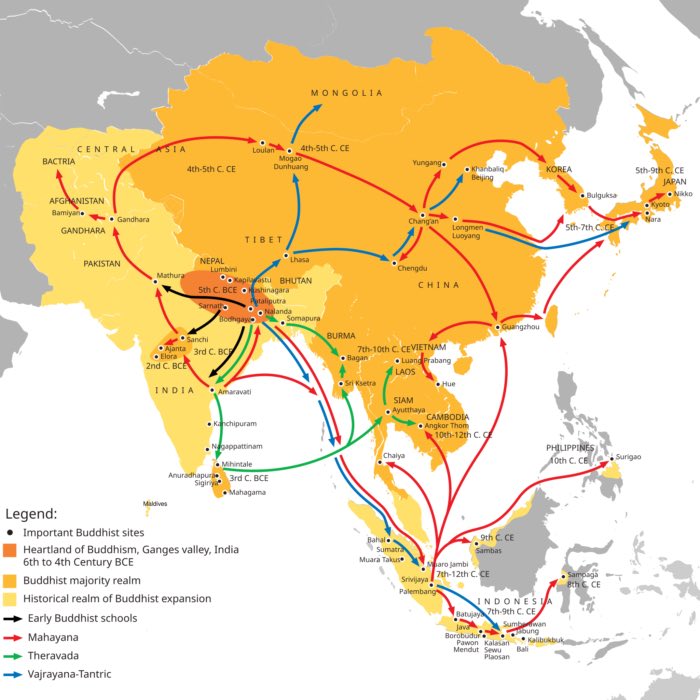

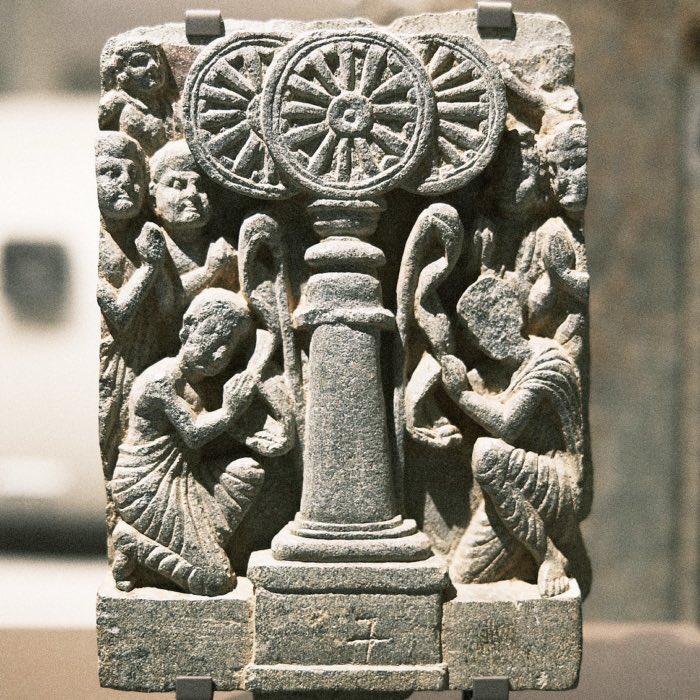
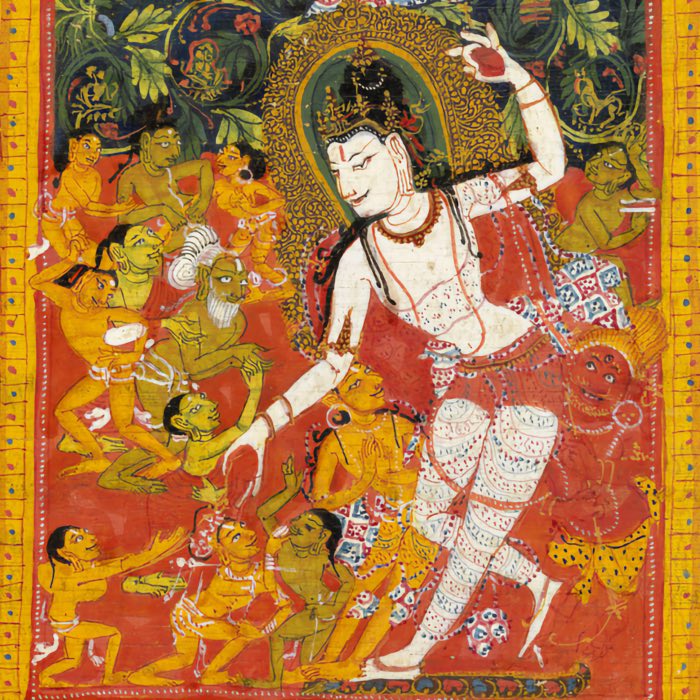
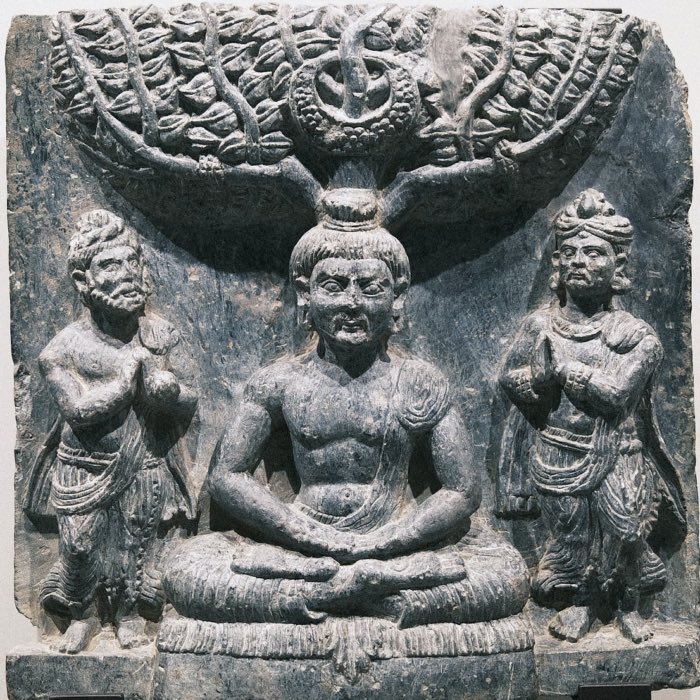


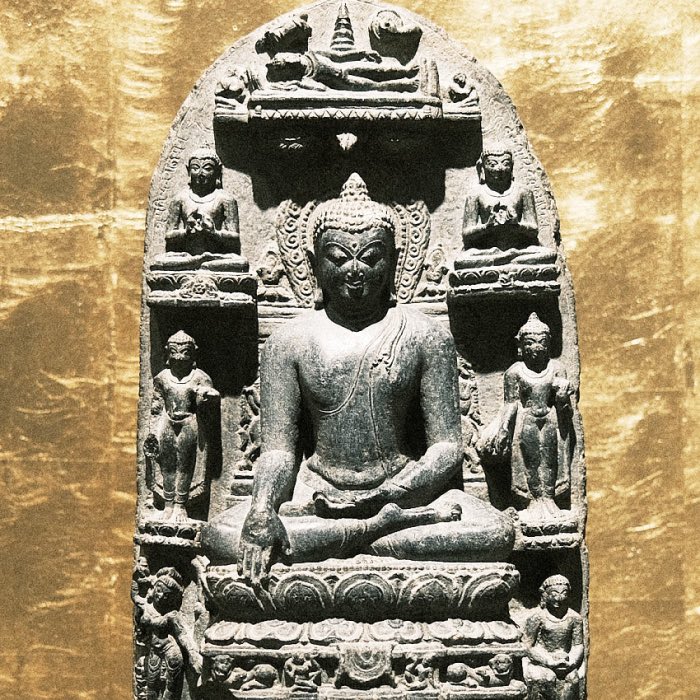

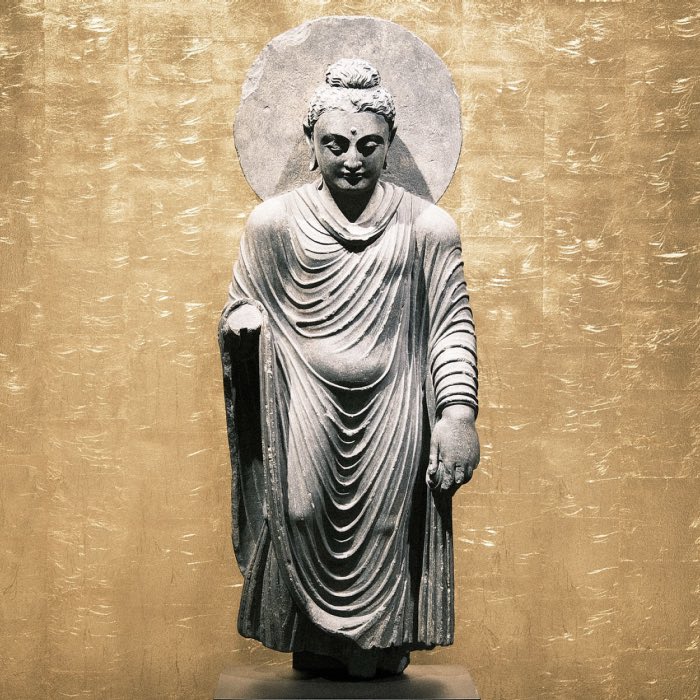

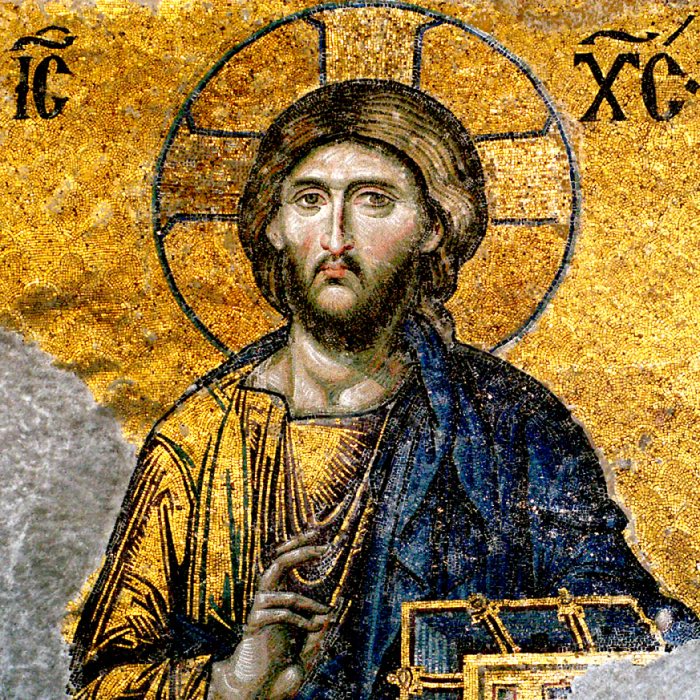
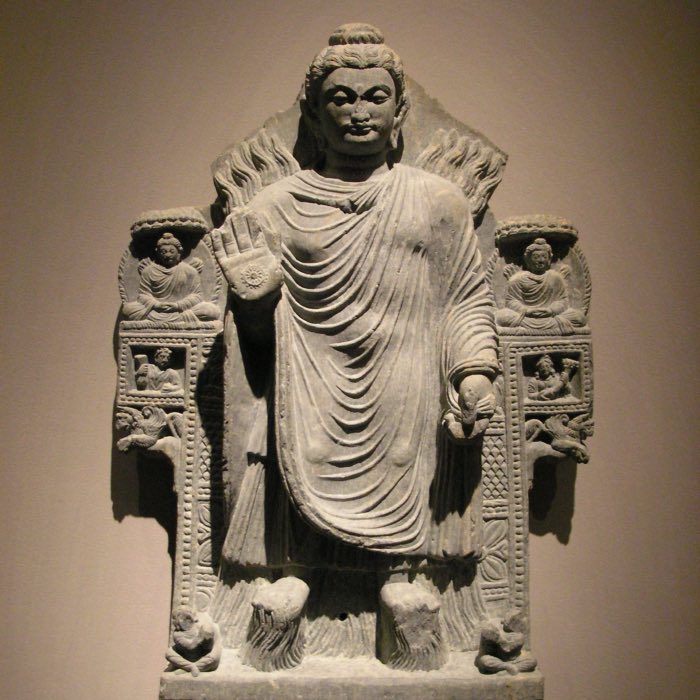
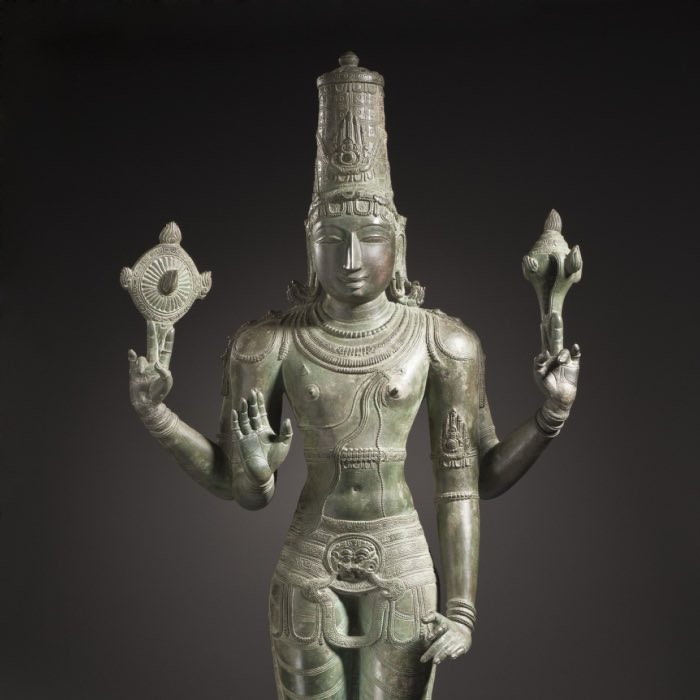
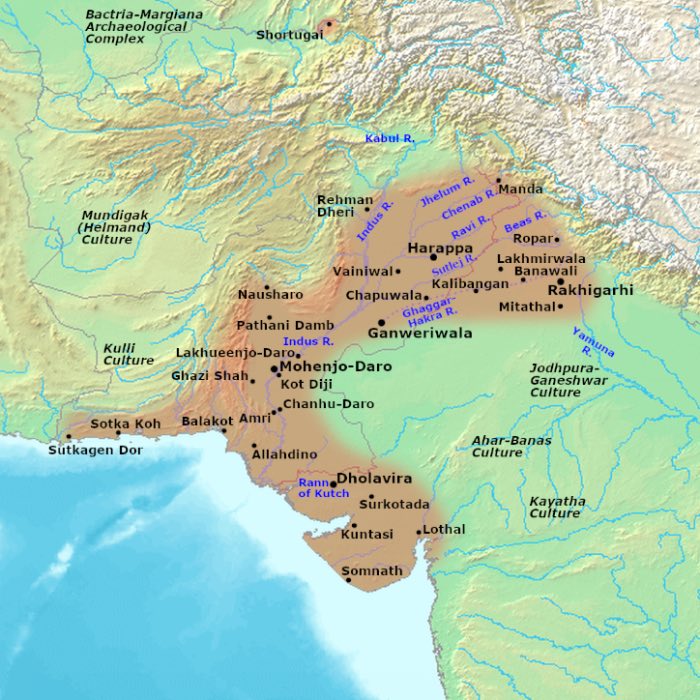
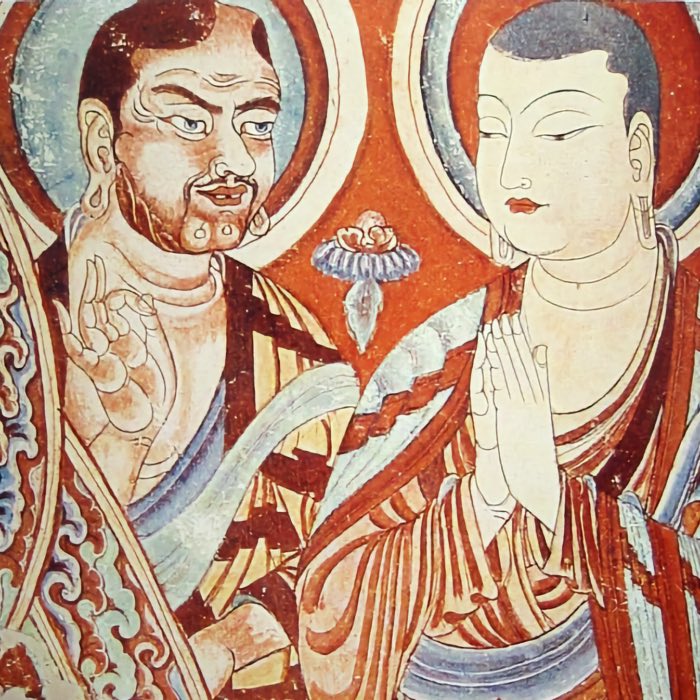
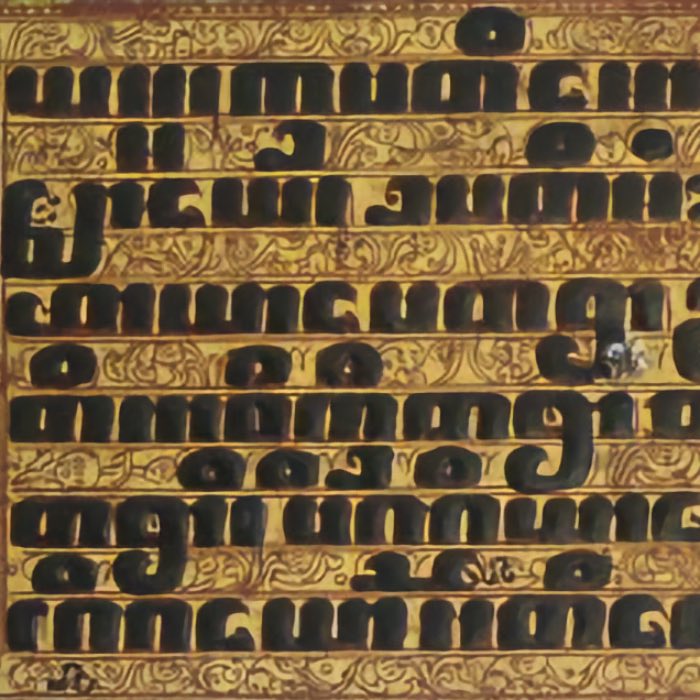

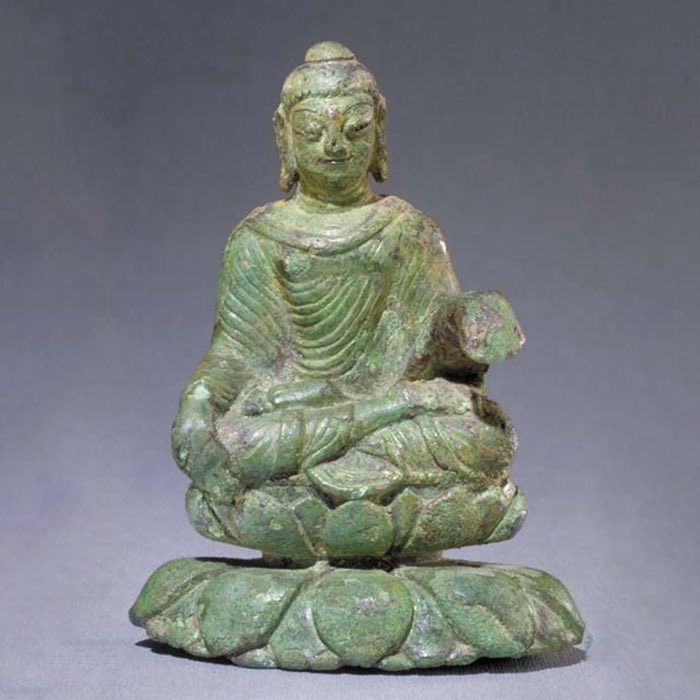

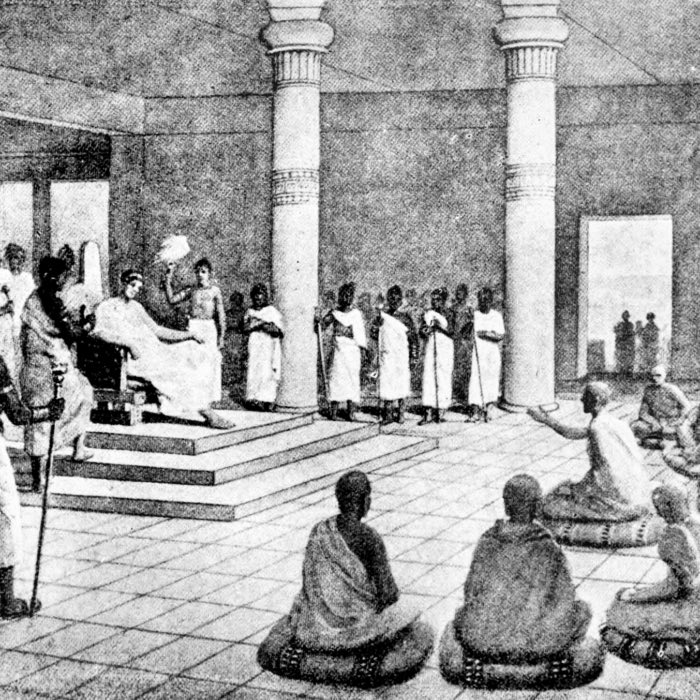
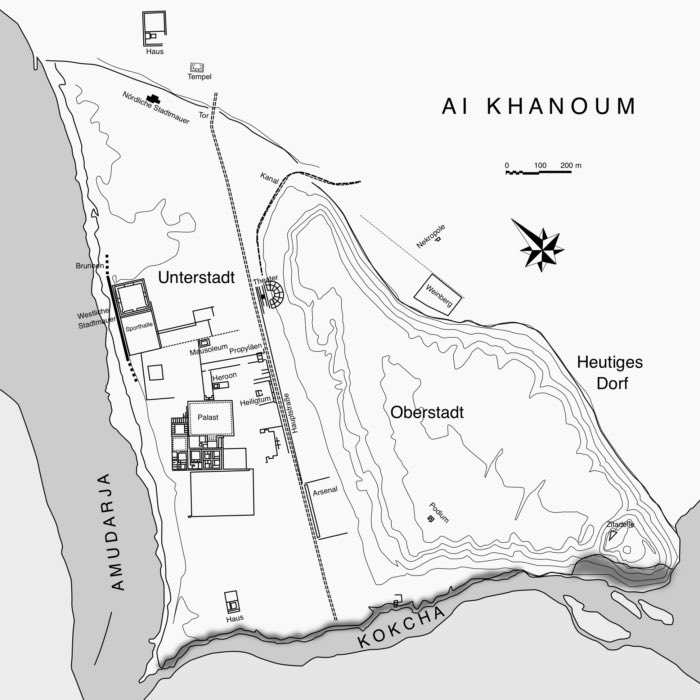
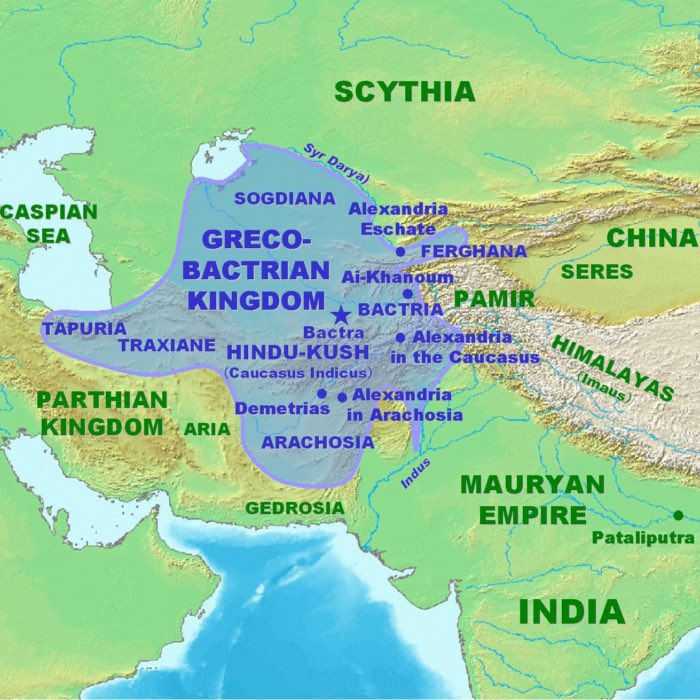



comments